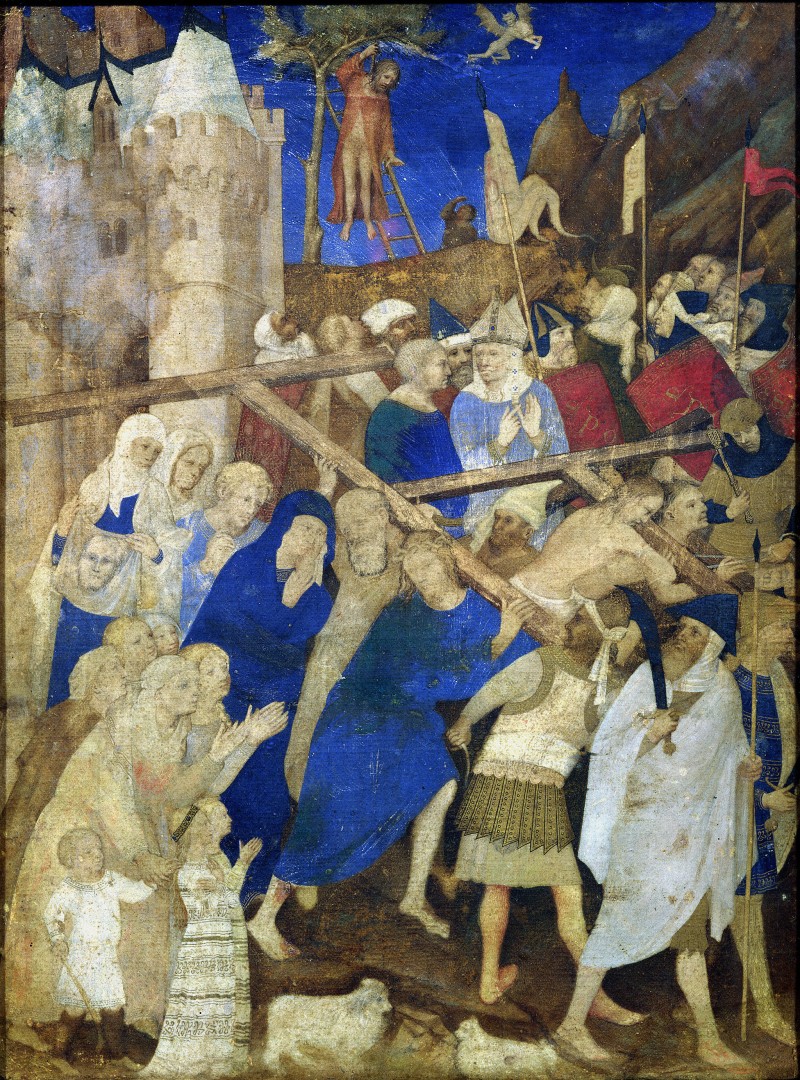by Amanda Murphy, Felicita Mornata, Raffaella Zardoni. Despite the almost infinite number of existing copies, the exact appearance of the medieval veronica– the sudarium kept in Rome imprinted with the face of Christ – is not known. This paper illustrates an attempt to find the ‘true icon’, creating a sort of identikit by means of the statistical processing of 4500 works, with analysis of the concentration of the copies and their characteristics, together with multivariate analysis tools.
Read MoreAll articles filed in Art and Iconography
The Face of the Other: The Veronica and the Spread of its Cult in Europe
Abstract Issues surrounding the cult of the Veronica, the cloth imprinted with the face of Christ, have been the object of numerous works of research. Reflecting on recent findings (please see the Convivium Supplement 2018, edited by A. Murphy, H.L. Kessler, M. Petoletti, E. Duffy and G. Milanese ), and undertaking new research paths,…
Read Moresignatis… vultus tui: (re)impressing the Veronica in the Middle Ages
Aden Kumler (University of Chicago) Abstract Originating as an impressed image, in the later Middle Ages the Veronica was itself disseminated in the form of “secondary” impressions realized by means of a range of incised forms: not only seal matrices, but also rings, moulds, coin dies, and the presses employed in the making of eucharistic…
Read More
‘Veronica’ images in England c.1240-c.1280
Nigel Morgan (University of Cambridge) Abstract It has long been well-known that Matthew Paris, Benedictine monk of St Albans and chronicler, made two drawings of what he considered to be the image of the Veronica Head of Christ (Cambridge, Corpus Christi College 16 and 26). One of these is accompanied by prayers. The earliest date…
Read MoreThe iconography of the Veronica: an assessment of chronologically and geographically ordered data
Raffaella Zardoni – Emanuela Bossi – Amanda Murphy (Milan) Abstract Evidence for the presence of the veronica in Europe between the 13th and 16th centuries is quite exceptional. From the 14th century onwards, “wherever the Roman Church went, the Veronica would go with it” (MacGregor, 2000). The existence of “innumerable copies” of the relic (Sturgis,…
Read More
The iconography of the Veronica in the Lombardy area during the 14th century
Stefano Candiani (Università Cattolica del Sacro Cuore) Abstract The paper contributes to knowledge of the iconography of the Veronica in the figurative arts in 14th century Lombardy, with special emphasis on images from illuminated manuscripts and depictions found in the Ambrosian diocese. The starting point is a miniature from a little known Ambrosian Book of…
Read More
The Literary Warp and Artistic Weft of Veronica’s Cloth
Herbert L. Kessler (Baltimore & Brno) A painting in the Louvre attributed to Jacquemart de Hesdin seems entirely natural in its inclusion of St. Veronica; stationed at the far left of the Way to Calvary, Veronica presents the portrait imprinted directly onto the cloth she used to wipe Christ’s face. So essential that even Mel…
Read More
Images of the Veronica in Religious Books of the Laity: Their Provenance and Meaning
Hanneke Van Asperen (Nijmegen) Abstract Manuscripts for lay devotion, often books of hours, sometimes contain small images of the Veronica that were added to the book after its production, probably by the book owner at the time. Attachment to the book did not always guarantee survival of the fragile pictures. Occasionally, the images are still…
Read More
Veronicae of Christ and the Virgin in the Kingdom of Aragon in the Middle Ages. A Survey of their Diffusion and Liturgical Context
Marc Sureda i Jubany (Museu Episcopal de Vic) Abstract As is well known, under the reign of Martin I of Aragon (“the Ecclesiastic” or “the Human”, 1396-1410) icon-like images of the Virgin, in some cases accompanied by others of the Holy Face of Christ, came to be particularly venerated in several places of the Kingdom…
Read MorePhilip the Good and the Face of Christ
Kathryn Rudy (University of St Andrews and Getty Research Institute) In the fifteenth century the Face of Christ found an enthusiastic devotee at the Burgundian court. Philip the Good (1396-1467) owned his grandfather’s immense prayerbook, known as the Grandes Heures. His grandfather, Philip the Bold (1342-1404), had used the manuscript heavily. All of the inherited…
Read More